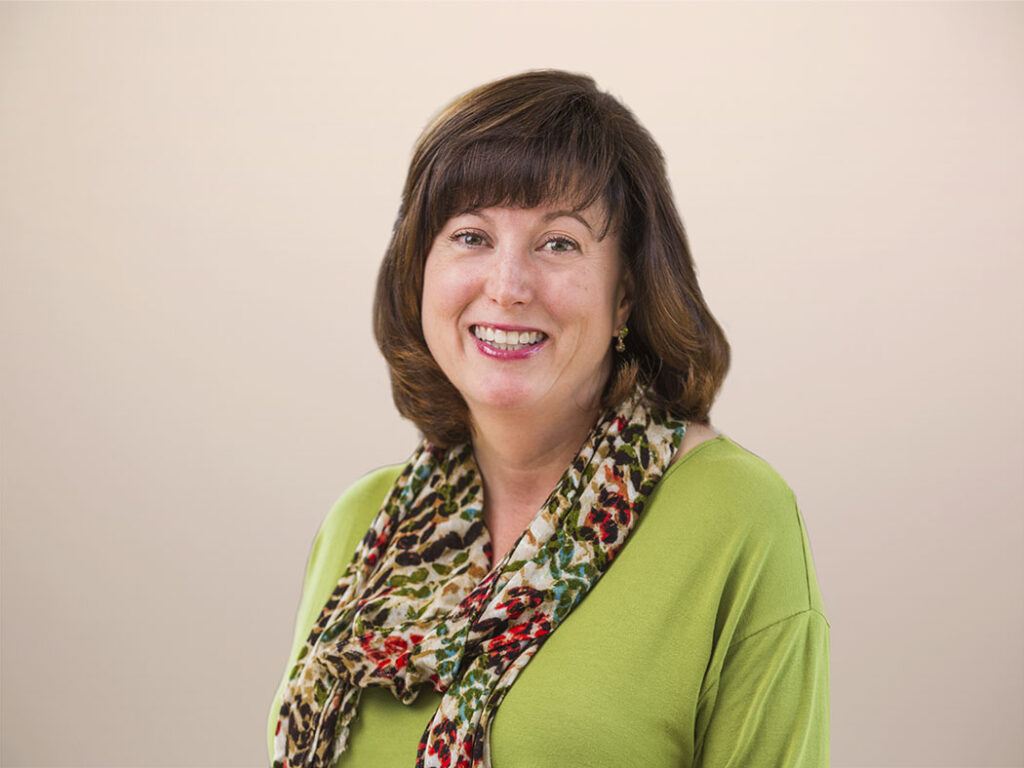Agile Marketing: Cui Bono?
Like many of us in this strange year, I’ve used my extra time at home to binge-watch shows on several streaming services. In honor of the late, great Dame Diana Rigg, I recently watched the BBC TV series “The Mrs. Bradley Mysteries.” Set in the 1920s, the show features Rigg as Mrs. Adela Bradley, an upper-class English lady sleuth who uses her keen sense of observation and deduction to solve tricky murder cases. Never one to be deceived by irrelevant or misleading information, she maintains a focus on the plausible motivations for the crimes, and in particular, which of the characters would stand to benefit from the murder. Or to use the Latin phrase, cui bono?
Home entertainment consumption isn’t the only thing that has changed this year. Given the COVID-19 pandemic, analysts in Forrester SiriusDecisions’ Marketing Operations Strategies service have seen an increase in interest from our clients around the adoption of agile. It certainly makes sense. Companies are coping with economic uncertainty, changing markets, and shifts to buyer behavior, as well as an overnight shift to a remote and distributed workforce. Agile methodology provides organizations with the mindset and practices to enable rapid execution, timely delivery of value, and response to change based on customer feedback and lessons learned. What could be better?
The catch is that agile marketing (defined as self-directed, cross-functional teams working toward shared goals; delivering work outputs in regular, time-bound increments; and collecting feedback and monitoring performance along the way to rapidly refine and iterate as needed), is a journey. Success in becoming an agile marketing organization doesn’t happen overnight. It depends on up-front investments made in planning, resource allocation, pilot testing, team training and coaching, and dedicated practice of agile approaches to become embedded in a marketing function.

Even though it takes time and effort to become agile, it is worth staying the course as the benefits of agile adoption are significant. Looking at the B2B marketing cast of characters, the beneficiaries of agile include:
- Agile marketing teams. The staff who form agile teams are the first — and most obvious — beneficiaries of agile methodology. Agile gives marketing teams greater autonomy over the work they produce. Teams align on shared vision and goals, own the estimates of the size and complexity of their work output, and are accountable for satisfying customer needs with their results. Working in agile leads to better team alignment and optimization of team member skills. Agile methodology allows team members greater focus on their work by reducing the cognitive pain of constant switching between different tasks. This opens up additional time for team members to innovate and produce new ideas and best practices for marketing. Finally, agile marketers report higher job satisfaction scores due to a more self-directed, empowered way of working.
- Marketing leaders. Marketing leaders, from frontline managers to executives, also gain from agile adoption. Leaders of agile teams report that their staff have a much clearer focus of what to work on by when, and can make data-driven decisions on where to prioritize work in their product and sprint backlogs. Managers gain a much better grasp of how long it takes to get things done, as working in sprints allows much better quantification of tasks. Leaders also reap the benefits of the continuous productivity improvements and reduced turnover that agile adoption brings to marketing.
- Internal stakeholders. Let’s not forget the other stakeholders inside marketing and other company functions. They all benefit from the increased capacity for work output that agile marketing teams develop over time. They gain access to early versions of output or artifacts, as well as the faster execution and more predictable delivery schedules that emerge from agile adoption. In addition, agile marketing teams are better positioned to respond to internal and external changes.
- External customers. Last, but certainly not least, are the organization’s external customers. Marketing produces the content, messaging, offers, and digital and physical experiences that all customers interact with. By shifting to agile and its emphasis on rapid delivery of value-based on input and learnings from customers, they benefit from the improved quality of marketing work output and the rapid iteration of delivery.
So, from the perspective of the fictional Mrs. Bradley (sadly without the glamorous 1920s couture), if you ask cui bono (who benefits) from the adoption of agile marketing, the answer is … everyone. Case closed.
If you’re interested in learning more about agile marketing, please participate in a brief survey that Forrester is fielding in partnership with AgileSherpas about the current state of work management and/or agile adoption within your organization. This survey is being conducted as part of research that will be unveiled at the Forrester SiriusDecisions Summit 2021 event and published by AgileSherpas in their fourth wave report “The 4th Annual State of Agile Marketing.”
